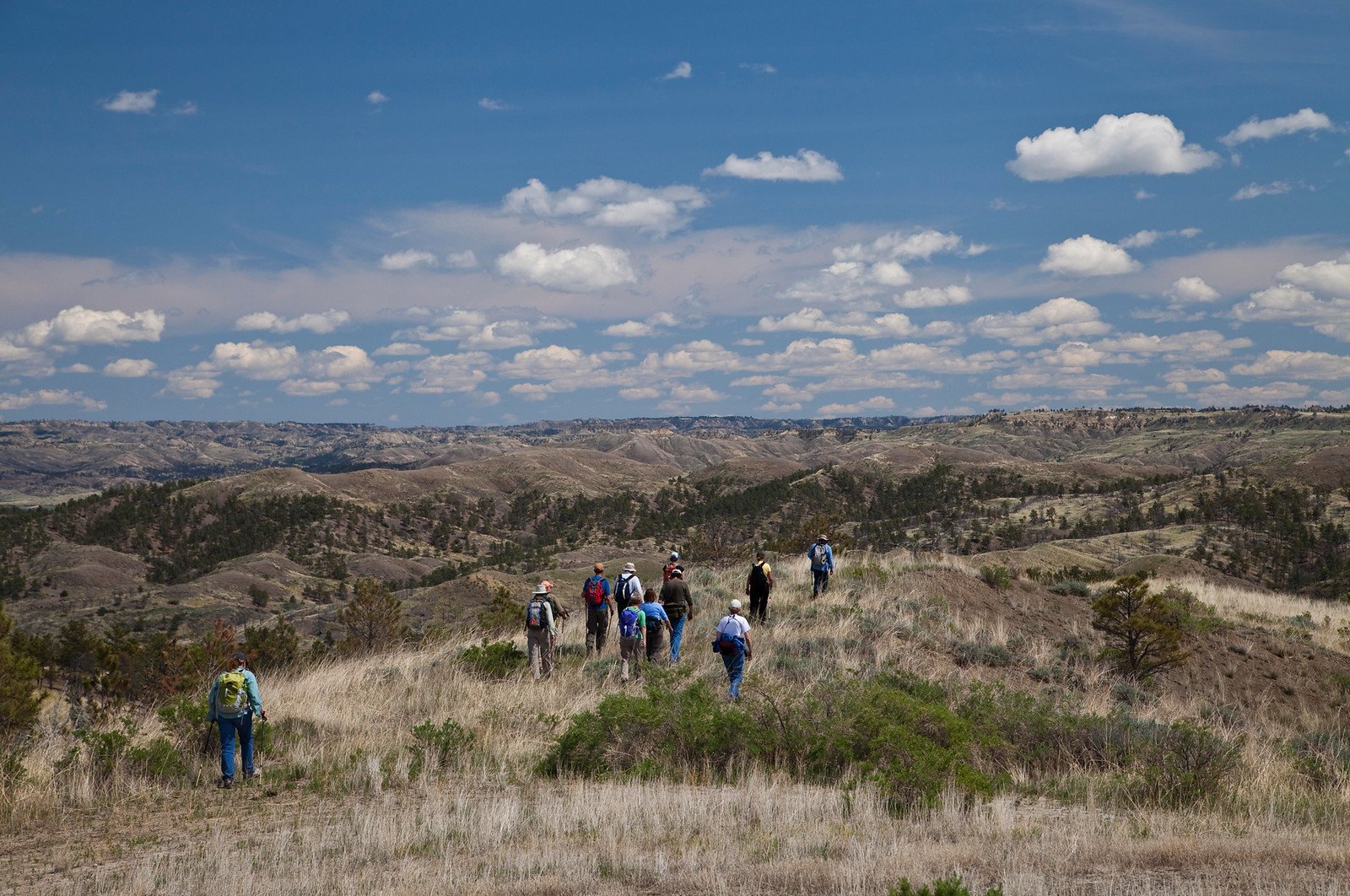The grasslands of North America are, in terms of acreage lost annually, the most threatened ecosystem. To that end, a trio of senators have introduced a bill that would fund projects to protect them by building on the success of similar legislation.
The North American Grasslands Conservation Act is modeled after the extremely successful North American Wetlands Conservation Act, which has funded 2,200 projects protecting more than 26 million acres of wetland and wildlife habitat in all 50 states, as well as Canada and Mexico, since the 1990s.
Now Bob Wyden (D – OR) is looking to employ exactly the same strategy for America’s grasslands.
Once stretching from the Prairie along the Mississippi to the Pacific Ocean, the grasslands of North America, made up of a mixture of tallgrass, mixed grass, and shortgrass prairies, sagebrush shrub-steppe, and savanna grasslands, were the heart of the North American ecosystem.
Now, depending on who’s doing the research, as much as 70% of American grasslands have vanished. This has included periods like 2008-2016 when the United States lost 1.1 million acres of grasslands every year from the conversion of grasslands or rangeland into cropland or housing.
With 85 percent of grasslands privately owned, the North American Grasslands Conservation Act takes a land-owner approach to conserve and restore grasslands in North America by establishing a voluntary, incentive-based grant program and supporting the rural economies and wildlife species that depend on them.
These wildlife species are many, but perhaps typified by the birdlife, which has declined by 40% overall. Species like the Western meadowlark, bobwhite quail, and greater sage grouse, have all declined precipitously as their habitat is lost.
The native plants are also suffering from invasive grasses which create far more intense wildfires than the ecosystem can withstand, with an additional 1.2 million acres burning away annually.
“Grasslands are an essential American landscape, supporting the livelihoods of farmers, ranchers and Tribes like those in my home state of Oregon. They’re home to iconic, yet threatened, wildlife and have serious potential to help in the fight against the climate emergency,” states Wyden.
“Yet, wildfires, invasive grasses and degradation, and more leave America’s grasslands imperiled. They are disappearing before our eyes. By finally establishing a national strategy and empowering landowners to protect their lands, this legislation will go far in restoring and conserving these open spaces”.




